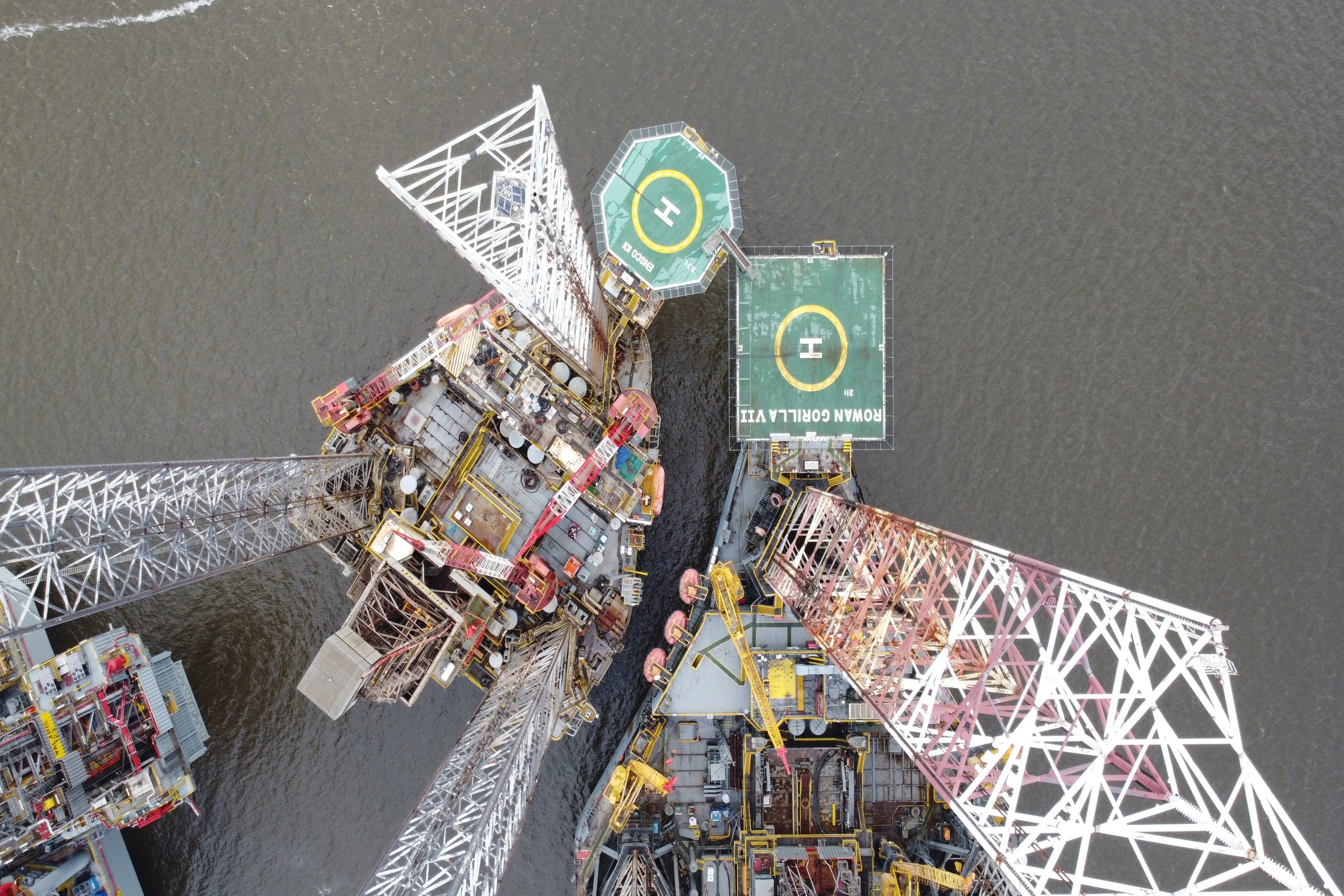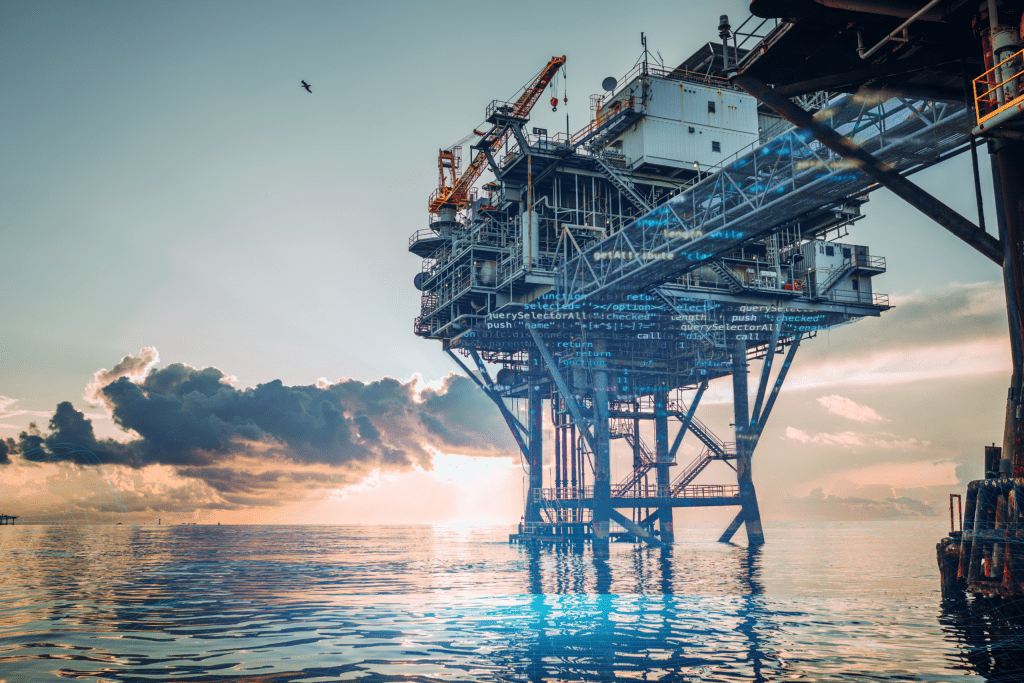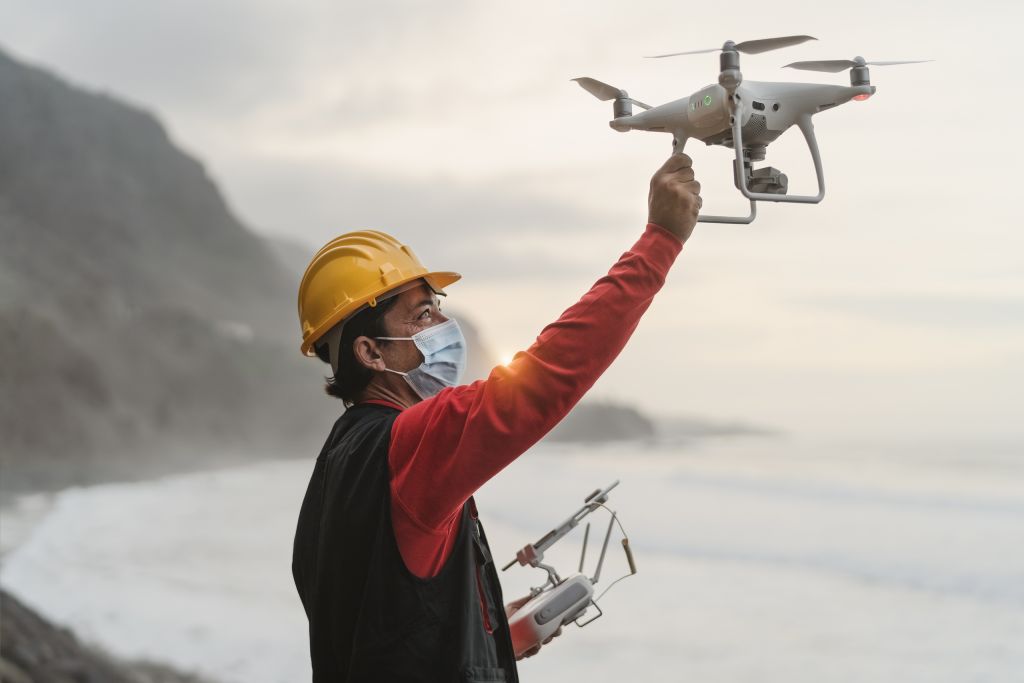Intro
The oil and gas industry plays a pivotal role in powering our world. From exploration to production, these facilities are vital for meeting global energy demands. However, they face a persistent threat: corrosion.
Corrosion occurs when metal structures are exposed to environmental factors such as moisture, chemicals, and gases, resulting in their gradual deterioration.
The challenges of Corrosion in O&G
In the oil and gas sector, where infrastructure is subjected to harsh conditions, corrosion poses a serious challenge. Pipelines, storage tanks, and offshore platforms are all vulnerable to this corrosive attack. Left unchecked, corrosion can lead to catastrophic consequences, compromising safety, environmental integrity, and operational efficiency.
Regarding the economic impact of corrosion on these structures, there are direct costs associated with repairing or replacing corroded equipment. These expenses can be substantial, requiring significant investments in maintenance and replacement parts. According to NACE, the global cost of corrosion is estimated to be US$2.5 trillion, which is equivalent to 3.4% of the global GDP (2013)
Moreover, unplanned shutdowns resulting from corrosion-related failures can lead to production losses, further amplifying the economic burden.
Indirect costs also emerge due to corrosion-related issues. For instance, compromised pipeline integrity may result in leaks, leading to environmental contamination and potential legal liabilities. Also, equipment failure or shutdowns can disrupt the supply chain, affecting the delivery of energy resources and causing price fluctuations.
Technology as a corrosion mitigation tool
Even though the challenge of controlling corrosion in these kinds of environments is big, the economic consequences prior mentioned can be mitigated through effective corrosion treatment and monitoring. Implementing comprehensive corrosion control strategies, including effective regular inspections and coatings is crucial. By proactively managing corrosion, companies can extend the lifespan of their assets, reduce maintenance costs, and enhance overall operational reliability.
Investing in technologies aimed at corrosion monitoring such as AI, Analytics and Digital Twins can provide holistic data control on corrosion monitoring rates, and the execution of inspection plans allowing for timely and efficient intervention.
Furthermore, the adoption of systems able to provide effective management of coatings can offer long-term protection against the detrimental effects of corrosion, reflecting in reduced costs.
If you want to learn Vidya’s approach to leveraging enhanced Fabric maintenance click in the link
Beyond cost savings, addressing corrosion has broader benefits. Enhancing safety measures and preventing environmental incidents safeguards the well-being of workers, nearby communities, and ecosystems. It also enhances public perception and trust in the industry, ensuring long-term sustainability.
In conclusion, the economic cost of bad corrosion monitoring in the oil and gas industries is significant. It encompasses both direct expenses and indirect repercussions, affecting profitability, operational efficiency, and environmental responsibility. By prioritizing effective corrosion treatment and monitoring, companies can minimize costs, prevent accidents, and maintain their competitive edge in an ever-evolving industry.



